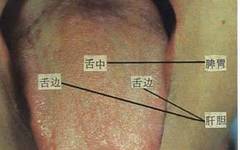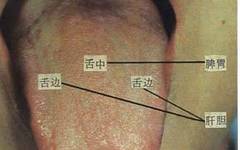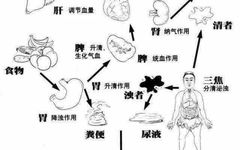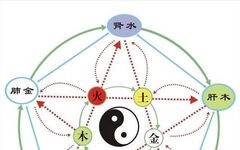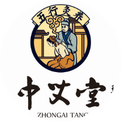62 High-Definition Tongue Diagnosis Charts with Illustrations (Collector’s Edition)
Common clinical tongue diagnosis charts, dedicated to those who love Traditional Chinese Medicine. Tongue Diagnosis of Zang-Fu Organ Locations According to the “Neijing” (Inner Canon), different parts of the tongue can reflect pathological changes in different Zang-Fu organs, which has certain reference significance in clinical practice. The tip of the tongue corresponds to the upper … Read more

